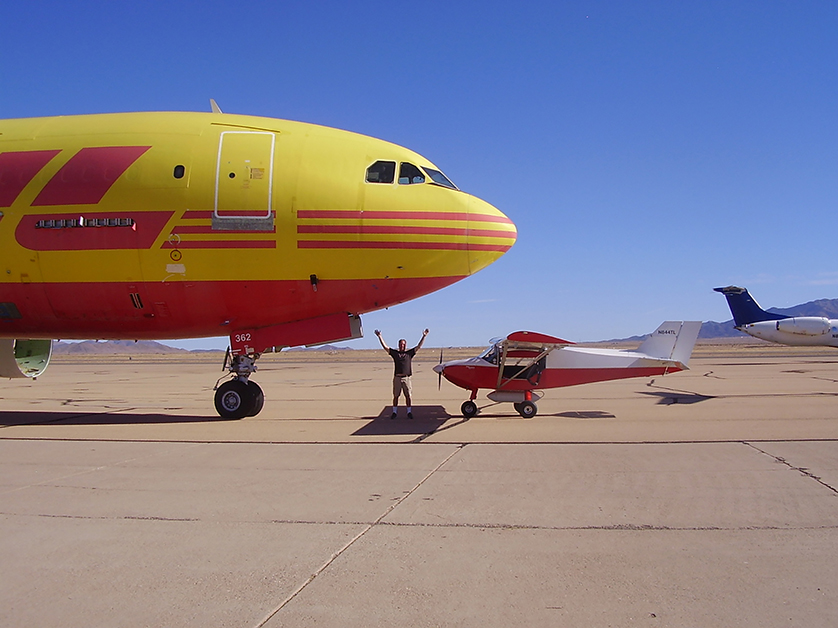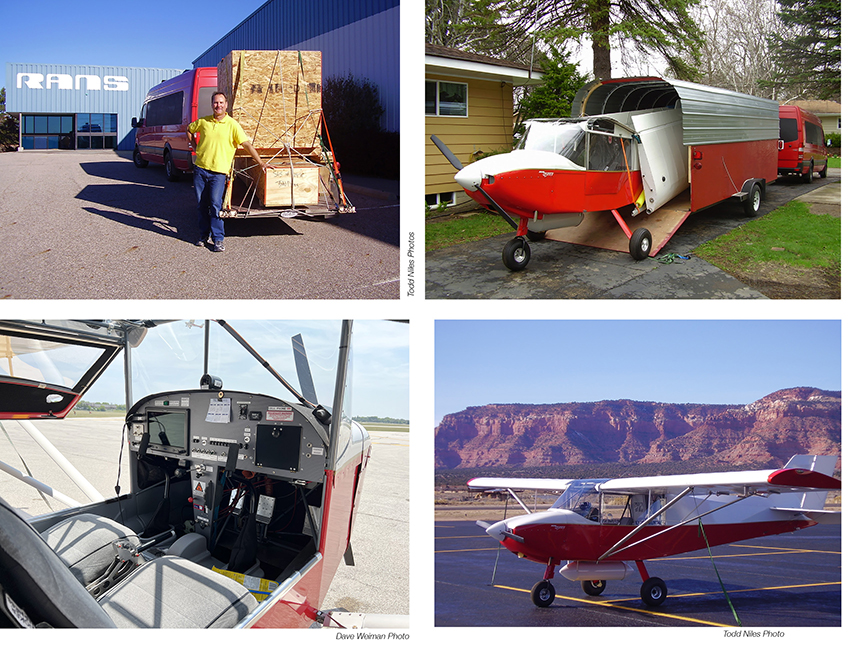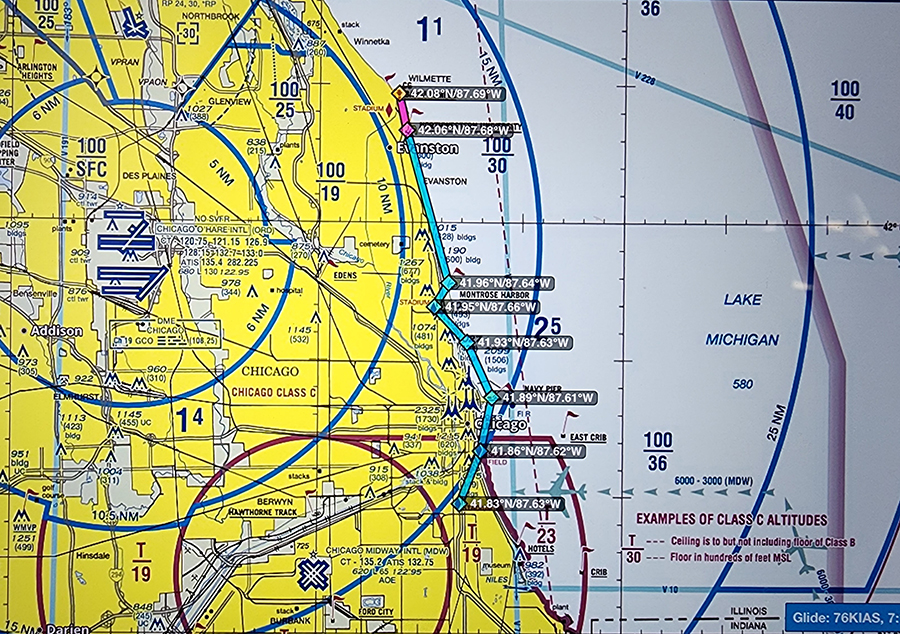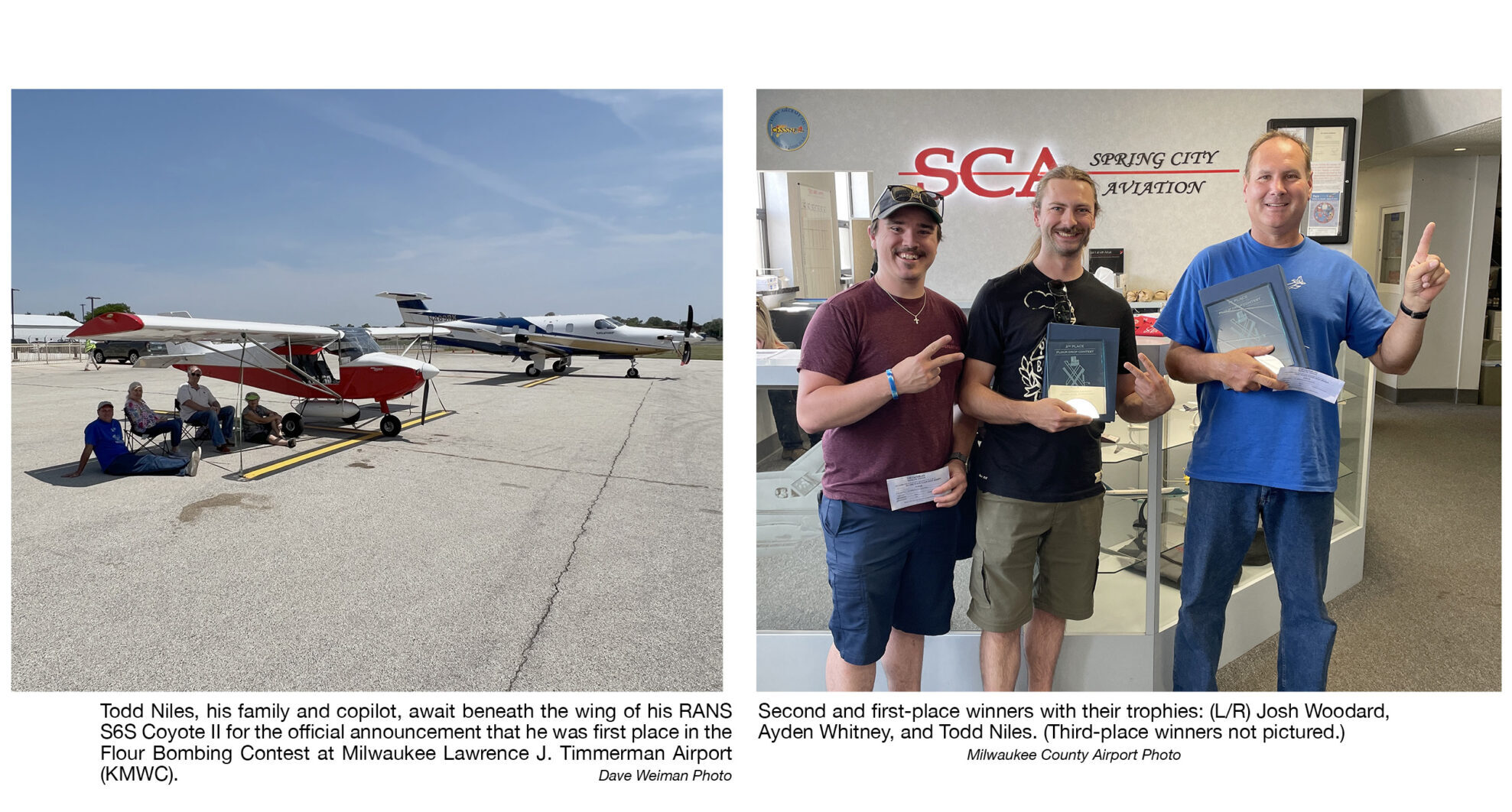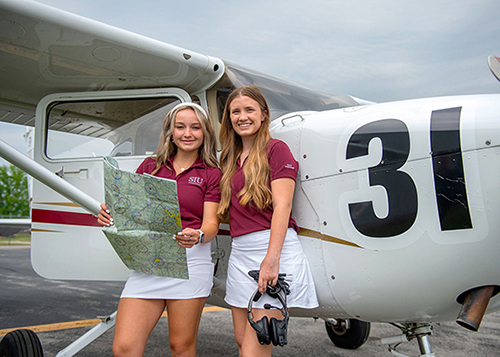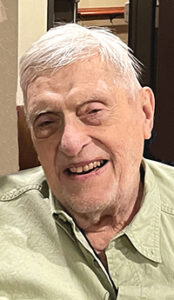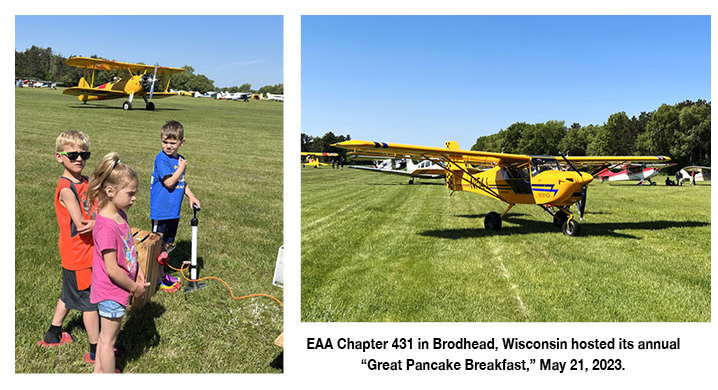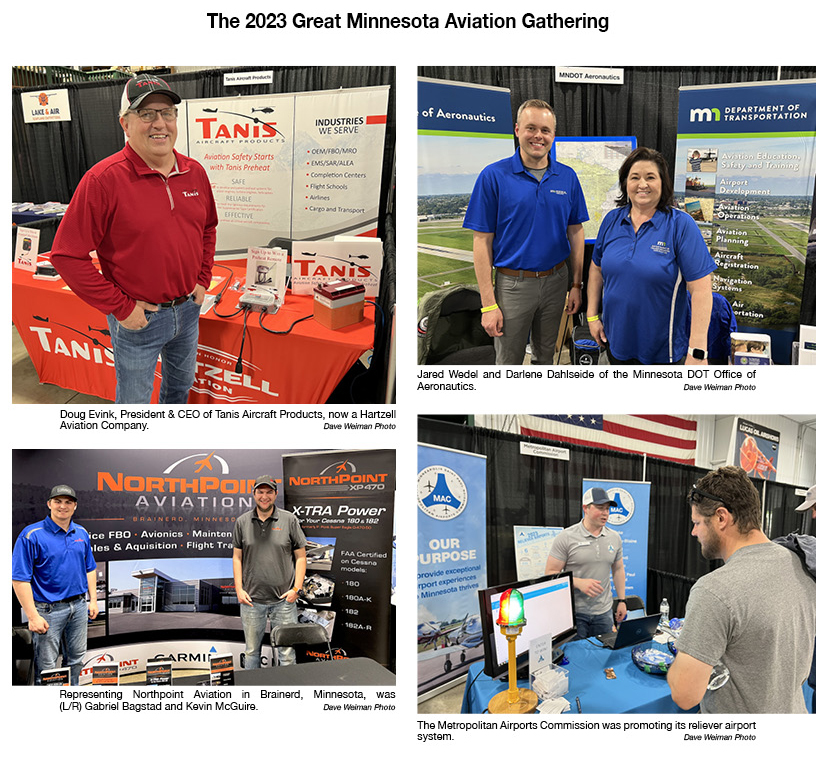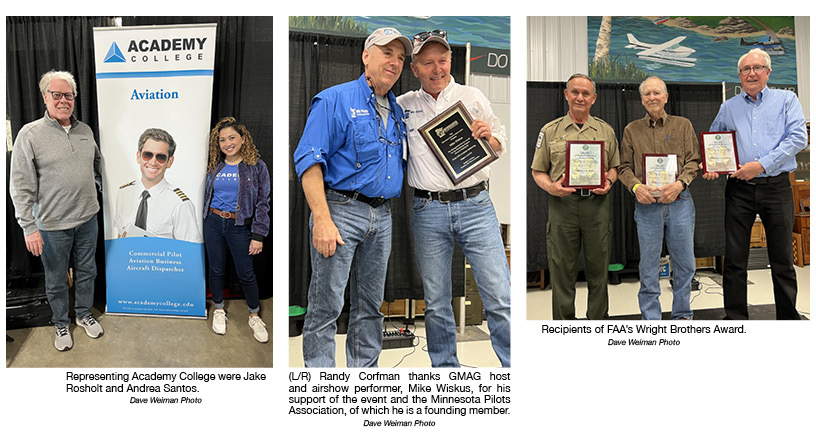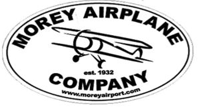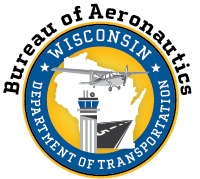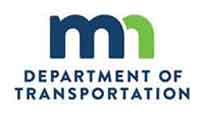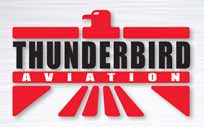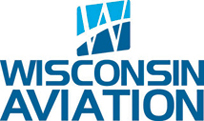Published in Midwest Flyer Magazine August/September 2023 Digital Issue
WASHINGTON, D.C. – The Obernolte-Cartwright Amendment to the Securing Growth and Robust Leadership in American Aviation Act (H.R. 3935) on ramp fees for transient aircraft parking was halted July 18, 2023 in the House of Representatives, because members of the National Air Transportation Association (NATA) and others lobbied against it.
The transient ramp mandate, proposed by AOPA and 600 other pilot groups, was NOT included in the House Rules package, which specifies amendments to be considered on the House floor. Other amendments that NATA opposed on noise, privatized ATC, restricting public charter, and banning 100LL, were also halted by the House Rules Committee.
The U.S. House of Representatives went ahead and passed (H.R. 3935) without the proposed amendments. This Federal Aviation Administration (FAA) reauthorization bill provides funding and direction to the agency, which has its current congressional authorization expiring on September 30, 2023. General Aviation Manufacturers Association (GAMA) President and CEO, Pete Bunce, released the following statement regarding passage of the House’s FAA reauthorization bill:
“The Securing Growth and Robust Leadership in American Aviation Act provides a strong foundation to set a positive trajectory for the FAA at a critical time for the agency. We applaud the House for its expedient work passing its FAA reauthorization bill and commend the leadership of Chairman Graves, Ranking Member Larsen, Aviation Subcommittee Chairman Graves and Aviation Subcommittee Ranking Member Cohen, who were instrumental in ensuring this was a bipartisan bill. The House FAA reauthorization bill works to provide leadership, stability, and direction to the FAA. We are pleased to see that the bill powerfully addresses regulatory process improvements, international engagement and leadership, and support for the emerging advanced air mobility sector. We particularly appreciate the extension and enhancements of critical aviation workforce development programs which are being expanded to focus on attracting the next generation of manufacturing workforce. We are also grateful for the work done by Representatives Carbajal, Yakym and Davids. They collaborated on an important amendment, adopted by the House, which establishes a pilot program to examine the use of technology in air traffic control towers to deliver more efficient digital clearances to aircraft through internet protocol for general aviation and on-demand Part 135 air operators.”
NATA will continue to fight these efforts to favor one class of aviation user at the expense of airports, aviation businesses, and Part 135 operators.
At press time, the Senate’s FAA Reauthorization Bill, S.1939, remained under consideration by the Committee on Commerce, Science and Transportation.
Both House and Senate measures must be passed, reconciled and signed into law ahead of the expiration of the current FAA authorization on Sept. 30, 2023.
Fight For Fair & Reasonable FBO Fees
Hits Turbulence…
Airports & FBOs Embark On
Misinformation Campaign, Says AOPA
Reported by Lillian Geil, AOPA
While AOPA’s effort to see an amendment included in the 2023 House FAA reauthorization bill may have been thwarted by airport associations, FBOs, and others, AOPA and the pilot community will continue the fight against those who want to continue to impose egregious and unnecessary fees on GA pilots.
For years, pilots have been contacting AOPA with increasingly concerning stories of landing at public-use airports to grab a sandwich, have a meeting, or just pick up passengers, and being met with what many refer to as egregious fees. One pilot who picked up four passengers in a midsize jet was slapped with a $1,200 bill after just 20 minutes on the ground. Another paid nearly $600 to park for a mere three hours. A flight instructor was charged $80 so his student could use the FBO restroom for 10 minutes.
As the House FAA Reauthorization Bill (H.R. 3935) went to the floor for a vote this week, Reps. Jay Obernolte (R-CA) and Matt Cartwright (D-PA), two GA pilots, introduced a bipartisan amendment that would have ensured pilots would be able to park their aircraft at public-use airports without being charged unfair, unreasonable, and hidden FBO fees.
AOPA President Mark Baker urged a coalition of nearly 600 pilot organizations and hundreds of thousands of AOPA members to contact their representative in Congress and support the fair and reasonable fee amendment.
“Many airports and smaller FBOs don’t charge fees and if they do, they are often fair and reasonable. Like most pilots, I am willing to pay fees but let’s not allow for monopolistic practices that limit access to public-use airports by requiring pilots to pay a private business that imposes unfair and unreasonable fees. As a matter of principle, it’s just not right,” Baker said.
The organizations that worked against fair and reasonable FBO fees erroneously suggested the amendment required airports to provide free parking and that it also required construction of new ramp areas. They also claimed the amendment imposed an unfunded mandate on airports, that it would be impossible to administer, and that the amount of fees being charged reflected the cost of doing business. These inaccurate and gross mischaracterizations of the amendment harmed the sincere intentions of the pilot organizations to fairly and responsibly address this issue for their members.
AOPA will continue to support the FBO and airport communities and remains determined to ensure GA pilots have access to and are being charged reasonable fees at federally funded, public-use airports.
Securing Growth & Robust Leadership
In American Aviation Act
H.R. 3935 — 118th Congress (2023-2024) This bill reauthorizes the Federal Aviation Administration (FAA) through FY2028, including activities and programs related to airport planning and development, facilities and equipment, and operations. The National Transportation Safety Board is also reauthorized through FY2028.
The bill also addresses a wide range of issues. For example, the bill
• directs the FAA to increase air traffic controller hiring targets;
• establishes a workforce development program to support the education, recruitment, and retention of aviation professionals;
• establishes an FAA Ombudsman to coordinate the response to submissions of inquiries or objections relating to issues such as aircraft certifications and registrations, pilot certificates, and operational approvals, waivers, or exemptions;
• raises the commercial airline pilot retirement age to 67 (currently 65);
• prohibits aircraft dispatchers from working remotely, with limited exceptions for emergencies;
• requires the Department of Transportation (DOT) to establish standards to ensure the aircraft boarding and deplaning process is accessible for individuals with disabilities, including for individuals who use wheelchairs;
• requires DOT to establish a policy directing certain air carriers to seat a young child next to an accompanying adult if adjacent seats are available without charging an additional fee;
• prohibits the FAA from requiring mask wearing or COVID-19 vaccines for passengers, air carrier employees, or FAA employees;
• requires the FAA to issue rules to update the requirements for testing and operating unmanned aircraft (i.e., drones), including for drones operating beyond the visual line of sight; and
• requires the FAA to issue rules for certifying pilots for powered-lift aircraft (i.e., capable of vertical takeoff and landing) and operational rules for powered-lift aircraft.








